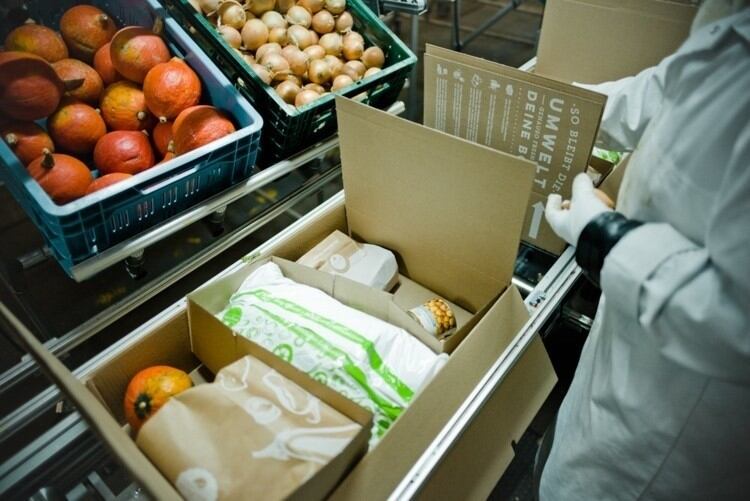This come after the country recently announced that 815,200 tonnes of plastic waste was generated in 2017 but only 6% of it was recycled.
According to the government, at Singapore’s current rate of waste disposal, a new waste-to-energy plant is required to be built every seven to 10 years, and a new landfill is needed every 35 years — highly unsustainable in land-scarce Singapore.
FoodNavigator-Asia spoke to Carrie Wong, senior manager (Planning), Waste and Resource Management department of the National Environment Agency (NEA) to find out what government agencies and food businesses were doing in relation to reducing food and packaging waste.
“The amount of food waste has increased by about 40% over the last decade, and about half of food waste is generated by non-domestic sources including food manufacturers, food retailers, hotels and shopping malls,” said Wong.
Apps action
She further said more can be done regarding packaging, as it makes up one-third of the total weight of domestic waste (about 1.67 million tonnes in 2017).
Among various initiatives, supermarkets like Sheng Siong, NTUC Fairprice and Dairy Farm have displayed posters advising customers to handle food properly to reduce wastage, and more businesses are using web or mobile apps to sell surplus food products at a discounted price.
Meanwhile, one initiative gaining momentum is the Singapore Packaging Agreement (SPA), a joint government and industry initiative. To date, SPA signatories have cumulatively reduced about 46,000 tonnes of packaging waste — enough to fill about 88 Olympic-size swimming pools.
Wong highlighted a mandatory reporting framework for packaging data and waste reduction that will be introduced to the country in 2020.
Watch our video to find out more.




